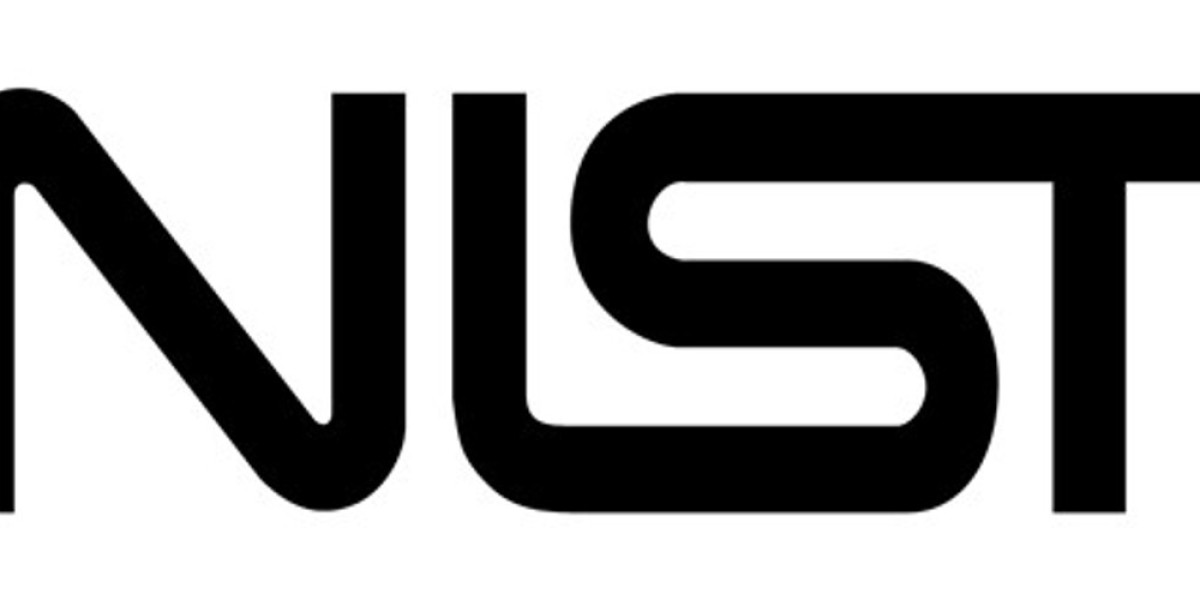Protecting Customer Data Challenges
Handling sensitive customer data is a daunting task for resource-strapped small businesses, yet ignoring this responsibility invites catastrophic consequences. From financial ruin to irreversible brand damage, the fallout of data mishandling proves particularly devastating for smaller enterprises operating without corporate safety nets.
Every piece of information that ties back to an individual – names, payment details, biometric scans, or even obscure identifiers like voiceprints – forms a mosaic of vulnerability. While definitions vary across jurisdictions, core elements remain consistent: any data enabling identification demands protection. Modern regulations amplify this need, with frameworks like HIPAA for healthcare and PCI DSS for payments imposing industry-specific mandates. Even localized laws often mirror the EU’s stringent GDPR principles or the US Privacy Act’s foundational approach to limiting institutional data misuse.
The true cost of negligence extends beyond fines. A single breach can unravel customer trust cultivated over years, coupled with operational paralysis during forensic investigations. Cybercriminals exploit weakly guarded data for identity theft, financial fraud, and targeted scams, leaving businesses legally liable for failing to implement basic safeguards.
Proactive defense hinges on three pillars: controlled access, continuous education, and layered security. Restrict data visibility through role-based permissions, encrypt stored and transmitted information, and conduct simulated phishing drills to fortify employee awareness. Regular vulnerability scans and third-party audits help identify gaps before attackers do. For businesses handling specialized data like medical records, compliance isn’t optional – it’s a survival tactic requiring tailored encryption and access logs.
While small enterprises can’t mirror corporate cybersecurity budgets, prioritizing low-cost measures creates formidable barriers. Multi-factor authentication, automated patch management, and clear data retention policies significantly reduce exposure. Partnering with cybersecurity firms offering scaled solutions bridges expertise gaps, transforming data protection from an overwhelming burden into a manageable operational routine.
Safeguarding Customer Information: A Guide for Small Enterprises
The National Institute of Standards and Technology (NIST) provides valuable guidelines for protecting personally identifiable information (PII). While not regulatory in nature, these guidelines serve as an excellent starting point for businesses of all sizes seeking to implement proper data protection measures.
NIST defines PII broadly, encompassing any information that can identify an individual or that can be linked to a specific person. This includes obvious identifiers like names and social security numbers, as well as less obvious data like medical or financial information.
In contrast to NIST's guidelines, Europe's General Data Protection Regulation (GDPR) represents one of the world's most comprehensive legal frameworks for data protection. The GDPR introduces the concept of "personal data," which extends beyond traditional PII definitions.
Under GDPR, businesses must adhere to seven core principles:
• Ensure lawful, fair and transparent processing
• Limit data collection to specific purposes
• Minimize data collection
• Maintain accuracy
• Limit storage timeframes
• Implement appropriate security measures
• Demonstrate accountability
While compliance requirements may seem burdensome, particularly for small businesses with limited resources, these regulations serve a critical purpose. Without such protections, both corporations and governments could collect and use personal information indiscriminately, severely compromising individual privacy.
Evidence suggests that proper regulations do make a difference. Following GDPR implementation, major technology companies introduced features giving users greater control over their data. These regulations not only protect against corporate overreach but also help combat cybercrime.
Cybercriminals target PII because of its value. When stolen, this information can be sold or used for various illegal activities, including identity theft, fraudulent purchases, or insurance scams. Without proper safeguards, these crimes would proliferate.
Small businesses are particularly vulnerable, with studies showing that 43% of cyberattacks target smaller enterprises. Hackers often view small businesses as easier targets due to their typically less robust security infrastructure.
While small organizations face resource constraints that make compliance challenging, they cannot afford to ignore data protection requirements. Rather than exempting small businesses from regulations, governments should provide additional support to help these enterprises meet necessary standards.
Protecting customer information isn't just about compliance—it's about maintaining trust and safeguarding both your customers and your business from potentially devastating consequences.Small businesses often face significant challenges in safeguarding customer personally identifiable information (PII). Many operate without dedicated IT expertise, relying on inadequate security systems that leave them vulnerable to data breaches.
While outsourcing security to specialists is generally recommended, this approach requires trust that these partners will implement appropriate protections. Without sufficient knowledge, small businesses may struggle to evaluate security vendors properly, potentially ending up with solutions that don't address their specific risks.
Financial constraints further complicate matters. Even when business owners recognize security threats, budget limitations frequently prevent implementation of robust defenses. This combination of knowledge gaps and resource scarcity makes it exceptionally difficult for small enterprises to protect themselves in today's complex threat landscape.
Data breaches can occur through various channels:
• Unintentional employee errors, such as sending sensitive information to incorrect recipients
• Deliberate insider threats from disgruntled staff or those compromised by outside influences
• External cyberattacks from hackers seeking to exploit network vulnerabilities
The consequences of PII breaches can be devastating:
• Substantial legal penalties including fines and potential criminal charges
• Operational disruptions requiring temporary shutdowns
• Severe reputational damage affecting customer trust and acquisition
Real-world examples highlight these dangers. One clothing retailer discovered malware had been secretly extracting customer payment information for months, ultimately costing $200,000 to address. A California wine bar experienced a similar breach, requiring costly security upgrades, customer notifications, and identity protection services for affected individuals.
In another case, a financial advisory firm had backup drives stolen during a burglary, compromising client Social Security numbers and financial details. Despite offering identity theft protection to affected clients, the breach severely undermined customer trust—particularly damaging for a business dependent on financial confidence.
Small businesses might hope they'll simply avoid becoming targets, but this strategy is increasingly unrealistic. Cybercriminals continuously scan for vulnerabilities, making it only a matter of time before inadequately protected businesses face attacks. Investing in preventative security measures ultimately costs far less than recovering from a breach.
Customer Data Protection Strategies
Protecting Customer Personal Information: A Guide for Small Enterprises
In the wake of recent data breaches, it's evident that simple security measures could have prevented significant damage. For instance, basic encryption of storage devices would have rendered stolen data useless to thieves without proper authentication credentials.
Many businesses could benefit from rethinking their data retention policies. Rather than storing sensitive payment information, companies might implement systems that process but don't retain such data, significantly reducing vulnerability.
Implementing robust monitoring systems represents another missed opportunity. With proper alerts in place, unauthorized access attempts could be detected early, allowing businesses to intervene before data compromises occur.
These incidents demonstrate how appropriate security protocols could have spared these enterprises from financial losses and reputation damage resulting from preventable breaches.
Small business owners must recognize the critical importance of safeguarding customer information. Awareness is merely the first step—action must follow.
Because each organization has unique data handling requirements, resources, and operational needs, standardized security solutions rarely provide adequate protection. The most effective approach typically involves partnering with reputable security specialists who can assess your specific risk profile and develop customized protection strategies aligned with your business model.
While general guidance has value, your organization deserves security measures tailored to its particular circumstances and challenges.
Begin by mapping your company’s data ecosystem—identify every piece of sensitive information flowing through your systems.
Document collection methods, storage protocols, and third-party data-sharing partnerships to spot vulnerabilities.
Categorize data by sensitivity level, from public details to highly confidential identifiers like payment information.
Build layered defenses that blend digital safeguards with human-centric protocols, not just firewalls and encryption.
Establish clear data retention timelines and automate deletion processes to minimize breach risks from outdated records.
Adopt zero-trust access models, granting employees only the permissions essential for their current tasks.
Transform encryption from an option to a mandate—apply it to archived files, active databases, and data in motion.
Replace static passwords with dynamic authentication systems, requiring biometrics or hardware tokens for critical systems.
Conduct surprise security drills to test employee responses to simulated phishing campaigns or breach scenarios.
Integrate real-time monitoring tools that flag unusual data access patterns across cloud platforms and local servers.
Harden physical infrastructure by securing server rooms with biometric locks and tamper-evident hardware seals.
Partner with cybersecurity auditors quarterly to stress-test defenses and update incident response blueprints.
Shift from data hoarding to data minimalism—strip customer records of nonessential identifiers through anonymization.
Negotiate strict data-handling clauses with vendors, requiring proof of compliance certifications before sharing PII.
Invest in employee cybersecurity education programs that evolve alongside emerging social engineering tactics.
Treat software updates as emergency protocols—automate patches for operating systems and third-party integrations.
Compartmentalize network access, isolating financial systems from general operations to contain potential breaches.
Maintain encrypted backups in geographically dispersed locations, testing restoration processes biannually.
Budget for cybersecurity as operational insurance—calculate potential breach fines against prevention costs.
Outsource specialized security functions to managed detection firms if in-house expertise gaps exist.
Remember: layered protection attracts customers while deterring attackers seeking low-effort targets.
What is a Netflix VPN and How to Get One
A Netflix VPN is a service that enables users to bypass geographic restrictions by masking their real location and connecting to international servers. This allows subscribers to unlock diverse Netflix libraries worldwide, accessing exclusive titles, movies, and TV shows limited to specific regions. By rerouting internet traffic through encrypted servers, a Netflix VPN enhances streaming flexibility while maintaining privacy.
Why Choose SafeShell as Your Netflix VPN?
If people want to access region-restricted content by Netflix VPN, they may want to consider the SafeShell VPN. 1. SafeShell VPN provides high-speed servers specifically optimized for seamless Netflix streaming, ensuring uninterrupted and high-definition viewing. 2. With the ability to connect up to five devices simultaneously, users can enjoy their favorite shows and movies on a variety of platforms, including Windows, macOS, iOS, Android, Apple TV, Android TV, and Apple Vision Pro. 3. The exclusive App Mode feature allows users to unlock and enjoy content from multiple regions at the same time, providing a diverse range of streaming options. 4. Lightning-fast connection speeds with no bandwidth limitations ensure that you can stream, download, and browse without any buffering or throttling. 5. Top-level security is a key feature, with the proprietary "ShellGuard" protocol offering advanced encryption and robust security features to protect your data. 6. Additionally, SafeShell VPN offers a flexible free trial plan, allowing users to explore its features without any commitment, making it an excellent choice if your current Netflix vpn not working .
A Step-by-Step Guide to Watch Netflix with SafeShell VPN
- Begin by installing the SafeShell VPN application from their official website or app store, ensuring compatibility with your device (Windows, macOS, iOS, Android, etc.)
- Secure your account by signing up or logging in using your SafeShell VPN credentials, which grants access to its premium features
- Navigate to the mode selection panel within the app and choose APP mode for optimized performance, specifically designed for streaming platforms like Netflix
- Explore SafeShell’s server list and connect to a server in your desired region (e.g., US, UK, or Japan) to unlock localized Netflix libraries
- Once the VPN connection is active, open the Netflix app or website, log in to your account, and enjoy unrestricted access to global content through SafeShell Netflix VPN
- If you encounter geo-blocks, simply switch servers or clear your browser cache to refresh the connection
By following these steps, SafeShell Netflix VPN ensures seamless streaming while bypassing regional restrictions.








